Byeolcheongung (별천궁)
11.6Km 2021-03-30
141, Bongjeongsa-gil, Andong-si, Gyeongsangbuk-do
+82-54-857-4168
It is a restaurant with a hanok interior. This restaurant's signature menu is set menu with grilled salted mackerel. This Korean dishes restaurant is located in Andong-si, Gyeongsangbuk-do.
So Hanmari Gomtang (소한마리곰탕)
11.7Km 2021-03-24
92, Pungsanjungang-gil, Andong-si, Gyeongsangbuk-do
+82-54-853-3672
It is a place that serves excellent cool and thick soup. The best menu at this restaurant is beef head meat soup. This Korean dishes restaurant is located in Andong-si, Gyeongsangbuk-do.
Dawoo Motel / 다우모텔
11.7Km 2025-08-12
66, Jangteojungang-gil, Andong-si, Gyeongsangbuk-do
+82-54-858-9100
Dawoo Motel is located in a lively street located in Pungsan-eup, Andong-si, and serves as a popular accommodation for visitors to Hahoe Village thanks to its affordable rates.
The five-story building houses 25 rooms, with the maximum occupancy of 50. The rooms are available in both Korean and bedroom styles. Bedrooms, which have beds and sofas, have a standard occupancy of 2 and a maximum of 3, while the twin room has a maximum occupancy of 4. Korean rooms have a standard occupancy of 2, but various ondol (under-the-floor heating system) rooms can house up to 5, 6, and 7 guests. Dawoo Motel thoughtfully requires no additional surcharge for additional guests in ondol rooms.
Not all rooms have bathtubs, so guests are advised to contact the front desk for their reservation. Guests are offered complimentary bottled water, beverages, and coffee. All rooms are furnished with TV, refrigerator, air conditioning, towels, basic toiletries, and hair dryer. Pets are allowed in the room, and services are also offered in English. Hahoe Village and Byeongsanseowon Confucian Academy, which were inscribed as UNESCO World Heritage, can be reached by car in 20 min.
Geujip Sikdang (그집식당)
11.9Km 2021-04-13
2, Yeokjeon 1-gil, Andong-si, Gyeongsangbuk-do
+82-54-841-3331
It is a place where you can enjoy various Korean side dishes. This restaurant's signature menu is kimchi stew. This Korean dishes restaurant is located in Andong-si, Gyeongsangbuk-do.
Songgyehyeon [Korea Quality] / 송계헌 [한국관광 품질인증/Korea Quality]
12.1Km 2021-03-25
332, Byeongsan-gil, Andong-si, Gyeongsangbuk-do
This hanok (traditional Korean House) lies only 500 m away from Andong’s Byeongsanseowon Confucian Academy. Byeongsanseowon Confucian Academy is one of the Confucian academies (Joseon-era places of learning and veneration of Confucian scholars) registered as a UNESCO World Heritage, and is particularly known for its beautiful harmony with the surrounding nature. Songgyehyeon likewise faces the Nakdonggang River to the front, and a 330 m-high mountain to the back, displaying the characteristic harmony of hanok with nature.
The house was named Songgyehyeon by the owner, who wanted to build a house made out of pine trees (“song”). The entire house is offered for rent, which makes it ideal for families and groups. Songgyeheon follows a strictly traditional structure of hanok, as evident in its hipped-and-gable roof, but its interior is equipped with comfortable modern facilities. The house includes both bedrooms and Korean-style ondol (under-the-heating system) rooms. One of the three bedrooms available has a queen-sized bed, while the remaining two are equipped with comfortable mats. The common space, spacious enough to host a group, has a high ceiling dominated by exposed beams. The kitchen is equipped with cooking equipment like refrigerator, gas stove, microwave oven, and utensils for guests to cook their own food. The owner of the house also enthusiastically provides detailed information on Andong’s many tourist sites.
Jukheon Traditional House[Korea Quality] / 죽헌고택 [한국관광 품질인증]
12.1Km 2020-12-10
24, Taejangjukheon-gil, Seohu-myeon, Andong-si, Gyeongsangbuk-do
+82-10-5217-2174
Located near Bongjeongsa Temple in Andong, Gyeongbuk, the Historic House of Jukheon (Gyeongsangbuk-do Folk Cultural Heritage No. 146) was built in 1886 by renowned independence fighter Kim Ga-jin (1846-1922) and sold to Yi Hyeon-chan (courtesy name: Jukheon) in 1890. The house is now used as the shrine (Jaesa) of his family. It would be a great cultural experience for anybody to welcome the rising sun at a historic building such as this.
Meeting the sunrise from this historical heritage is sure to be the highlight of one’s trip. The house follows the square layout characteristic to the late Joseon period houses. The house itself is surrounded by old pine trees that add to the charm of the house.
Jukheon Traditional House has four Korean traditional rooms, namely the 2-person Jukheon Gallery, Study, Elisabeth Room and the 4-person Jukheon Dongnong Room. The house demonstrates the traditional beauty of Korean houses like the wooden platform hall built upon the stone foundations, screens, and roofs with exposed beam. The screens open to the view of the stone fence and the mountains far away. Elizabeth Room was constructed to commemorate the visit of Her Majesty Queen Elizabeth II of United Kingdom to UNESCO World Heritage site Bongjeongsa Temple in 1999. ‘Queen Elizabeth Road’ stretches from the Jukheon Traditional House to the Bongjeongsa Temple, allowing the guests to trace Her Majesty’s visit with their own steps. A mill with a thatched roof, located to the side of the complex, allows the guests to experience the traditional stepping mill. The pillar of the mill building is adorned with flags from all over the world, testifying to the many international visitors who have stayed at the house. Guests can also enjoy a free breakfast of toast, coffee, and other simple fare on the open hall of the building.
Ecole confucianiste de Byeongsanseowon [Patrimoine Mondial de l'UNESCO] (병산서원)
12.4Km 2022-12-30
30, Byeongsan-ri, Pungcheon-myeon, Andong-si, Gyeongsangbuk-do
82-54-858-5929
Byeongsan Seowon est une école fondée par des savants confucianistes coréens en hommage à Yu Seong-Ryong (1542-1607), célèbre érudit qui jouissait d’une très haute réputation pour sa vertu et ses savoirs. Actuellement, cet établissement abrite sa plaque commémorative.
En 1863, le roi de la dynastie Joseon a doté cet établissement d’une autorité en tant que Saek Seowon, école exempte de toute taxe et de tout labeur en lui fournissant une plaque écrite par le roi, des livres, un terrain et des esclaves.
En 1868, un décret de Heungseon Daewongun (1820-1898, politicien de la famille royale de la dynastie Joseon) a aboli les écoles confucéennes ; Byeongsan Seowon est un des 47 établissements de ce type dans toute la Corée du Sud, et un des deux dans la ville d’Andong, à avoir pu y échapper.
Située devant le fleuve Nakdong et entourée par la montagne Byeonsan comme d’un paravent, cette école offre un très joli paysage.
Waryong Gisa Sikdang(와룡기사식당)
12.8Km 2020-11-26
8 Taerigeumsan-ro Andong-si Gyeongsangbuk-do
+82-54-854-8980
It is a Korean restaurant with 20 years’ tradition. This Korean dishes restaurant is located in Andong-si, Gyeongsangbuk-do. The most famous menu is braised chicken.
Gilpung (길풍)
12.9Km 2021-03-23
8, Nabau-gil, Andong-si, Gyeongsangbuk-do
+82-54-841-9967
It is a clean and delicious restaurant, selected by the Korea Tourism Organization, where you can taste Andong's local food. This restaurant's signature menu is Andong braised chicken. This Korean dishes restaurant is located in Andong-si, Gyeongsangbuk-do.
Andong Hanji (안동한지체험)
13.0Km 2019-04-10
36-1, Sosan-ri, Pungsan-eup, Andong-si, Gyeongsangbuk-do
+82-54-858-7007
Andong Hanji, situé à l’entrée du village Hahoe, zone préservant la tradition et la coutume coréenne, a fait de son mieux pour fabriquer du papier traditionnel coréen. Le papier coréen d’Andong est fait à partir de papier de bois de mûrier coréen et d’eau pure. Andong Hanji est très fière de maintenir une qualité exceptionnelle et la plus haute capacité de production de papier traditionnel coréen.
* Produits
Approximativement 60 papiers différents incluant du papier à dessin fait de pulpe de mûre, du papier à calligraphie, du papier à dessin basique, du papier fenêtre, du Jungji (papier), de l’Unyongji (papier), du Piji (papier) pour papier peint, du papier coréen à multiples épaisseurs, du papier pour sol, du papier à livre, du papier brocardé pour les intérieurs de première qualité, du numéro 100 et 120 pour les peintres professionnels, et du papier couleur coréen utilisé pour l’artisanat ainsi que du papier d’emballage sont fabriqués ici.
* Réception du papier coréen
Le papier traditionnel coréen de haute qualité est fourni comme suit : le papier à dessin à la seconde grotte Seokguram dans le temple Donghwasa, le Samyukji (papier) au temple Bulguksa à Gyeongju, le « papier de peinture orientale » à la faculté des Beaux-Arts d’Andong National University, l’Oebalbaekdaksunji (papier) à l’Institut de Recherche pour la Préservation des Propriétés Culturelles du Papier, et le Baekdaksunji (papier) au Centre de Conservation Jung-Jae. Présentement, les diplômes d’honneur et les lettres de nomination sont fournies à l’Agence Nationale de Police.
Daebanggwangbulhwaeomgyeong (soutra Avatamsaka) (Trésor National 196) – retranscrit sur du papier de la periode de Silla Unifié, aussi utilisé pour le Mugujeonggwan Daedaranigyeong (soutra Dharani de pure lumière), affiché au musée d’Arts Ho-Am, a été restauré ici. En décembre 2001, le soutra restauré a été fourni à l’Administration de l’Héritage Culturel de Daejeon. En outre, des poupées de papier de mûre et des images faites de papier coréen traditionnel sont affichées dans la salle VIP de Korean Air à l’aéroport international d’Incheon.
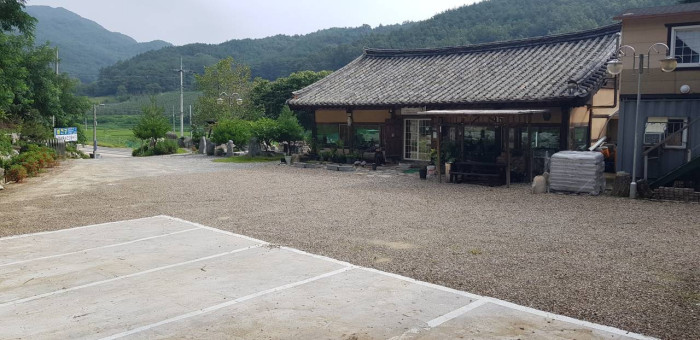
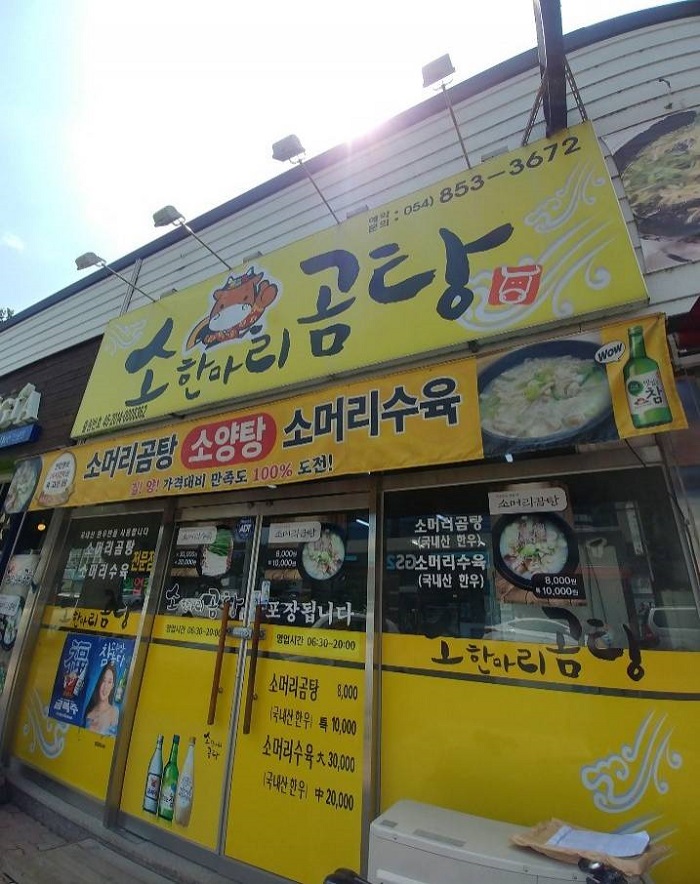
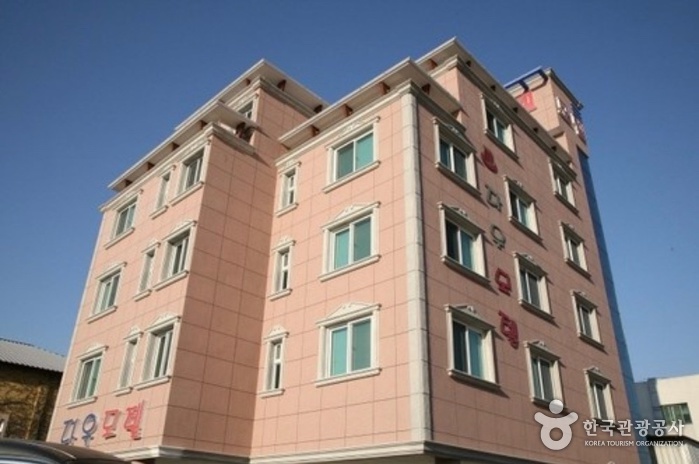
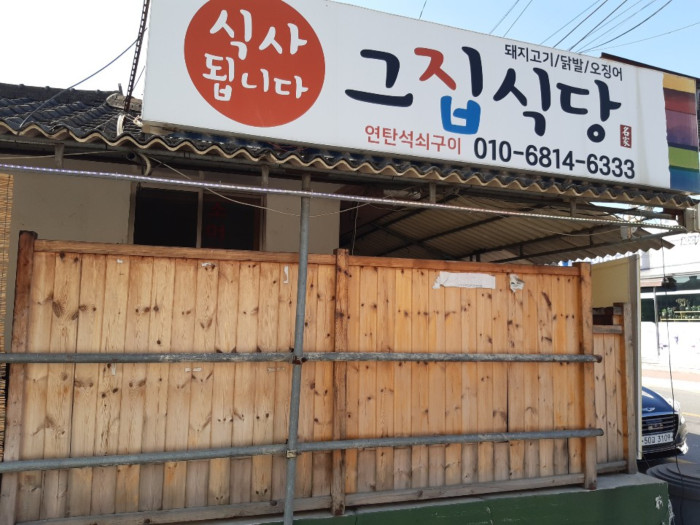
![Songgyehyeon [Korea Quality] / 송계헌 [한국관광 품질인증/Korea Quality]](http://tong.visitkorea.or.kr/cms/resource/42/2706142_image2_1.jpg)

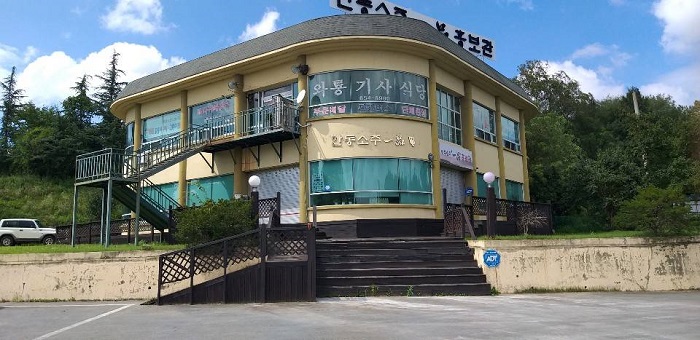
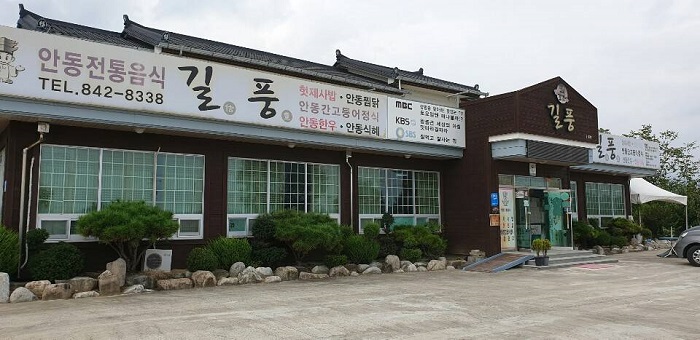
 Français
Français
 한국어
한국어 English
English 日本語
日本語 中文(简体)
中文(简体) Deutsch
Deutsch Español
Español Русский
Русский